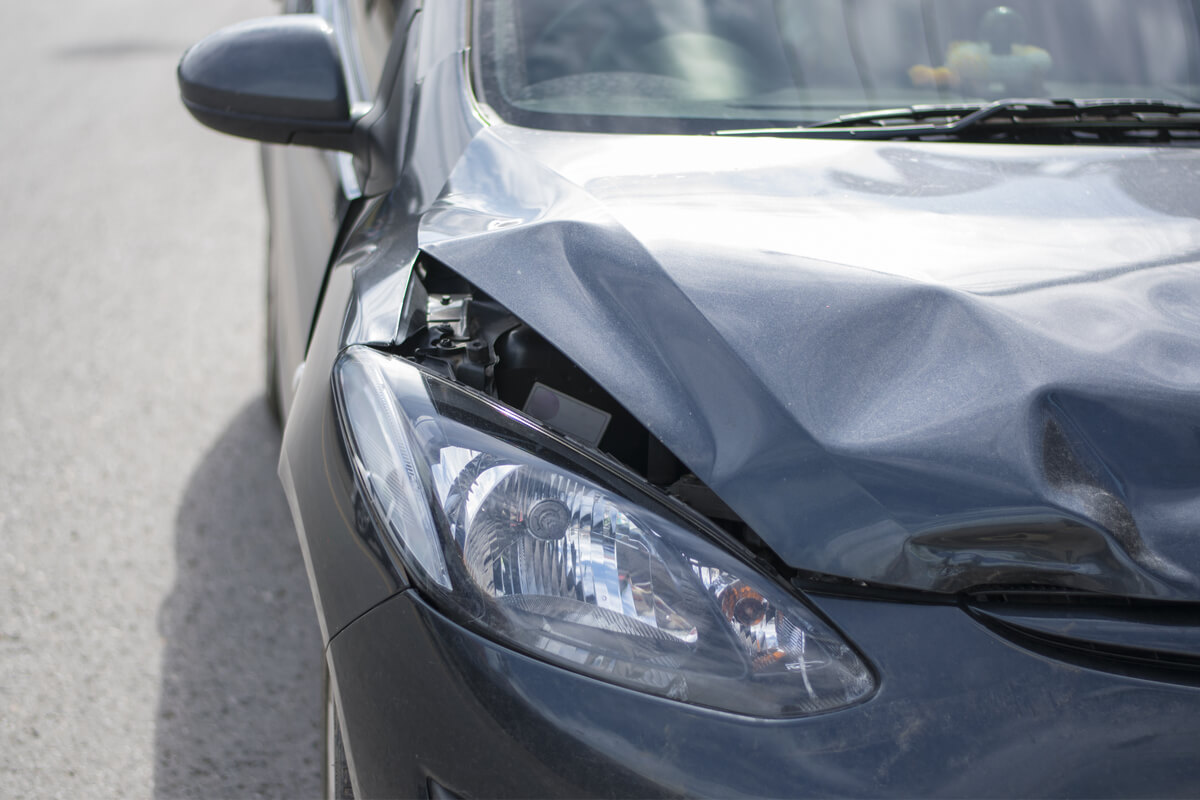
Car accident injuries can be as unpredictable as the current stock market. Serious collisions can leave a person with minor scrapes and bruises. Minor accidents can cause detrimental soft tissue damage that can last a lifetime. Other injuries include playing hide-and-seek.
Beyond the immediate physical injuries that result from car accidents, there are often psychological effects that victims grapple with. Many experience post-accident psychological distress that can be just as debilitating as the physical wounds. Moreover, knowing the importance of gathering evidence, taking photographs post-car accident is crucial for legal matters and for the mental healing process.
For those unfortunate incidents involving impaired drivers, understanding the steps to take post-drunk driving accidents can be essential for victims to protect their rights and wellbeing.
Emergency room doctors are trained to look for common injuries with delayed symptoms after a traffic collision. When drivers and passengers refuse medical care at the scene and decline proper examination in a hospital, the consequences can be deadly.
The physics involved in a traffic collision and the physical response to danger can frequently cause delayed injuries. Car crashes are the perfect embodiment of Newton’s Laws of Motion and illustrate what happens to a person’s body during a crash:
Newton’s Laws in action:
Moving vehicles create kinetic energy. When a car needs to stop, it must get rid of the energy. Typically, a car will do this by pressing the brake and slowing down. However, when a car strikes the other, the energy has nowhere to go. The vehicles absorb the kinetic energy in the form of damage.
Newton’s Laws in the real world are much more shocking. Imagining cars abruptly accelerating or stopping cannot justify what happens to the people inside the vehicles. The Transport Accident Commission partnered with Monash University Accident Research Centre to explain the physics behind injuries:
Just as the cars absorb the kinetic energy through broken glass and bent fenders, a person will absorb the kinetic energy through broken bones and internal damage. Broken collar bones, ribs, and arms are noticeable after a crash. However, the kinetic energy can cause internal damage that may not be as obvious. Together with the effects of adrenaline, car accident victims may not notice pain or other symptoms for hours, days, or weeks after a crash.
When adrenaline is triggered in the body, it causes an onslaught of symptoms. The fight-or-flight rush of energy is a natural response to danger or stress.
In school, the rush of adrenaline can help a student cram for a test. For a parent, the fight-or-flight response can help a parent grab a child out of harm’s way.
According to Medical News Today, when adrenaline courses throughout the body:
When in danger, the brain will process input quickly and allow a person to assess the situation rapidly and react faster:
In addition to thinking faster, adrenaline decreases the body’s ability to feel pain and increases strength. Adrenaline also releases endorphins, allowing a person to feel in control while their body is in an extreme state:
When a person is involved in a car accident, adrenaline can mask pain or make injuries feel far less severe than they are. Accident victims may refuse medical treatment. Hours or days later, when the adrenaline has dissipated, the emergence of pain can be mistaken for expected soreness from the crash.
However, delayed injuries can be serious and sometimes fatal.
Humans are not robots. Our bodies will not react the same way in the same situation every time. The danger in delayed-onset injuries is that they do not present with obvious symptoms.
Actress Natasha Richardson fell during a beginner ski lesson in Canada one cold Monday in 2009. Resort officials recall her joking and laughing at the accident. However, later in the day she complained of head pain.
Eventually, she was taken to a nearby hospital, then transferred two more times before landing in New York. By Wednesday, she was dead.
The actress suffered an epidural hemorrhage. Some traumatic brain injuries may not show any signs. In Richardson’s case, as she joked about her fall, her brain had already begun to bleed. It was not until the pressure built up that she felt any symptoms hours later. Doctors did not discover the cause of death until after an autopsy.
Proving delayed injuries resulted from an accident rests heavily on an accident victim’s reaction.
After a car accident, seek immediate medical attention.
If the accident is minor and it appears no one has been injured, seek immediate medical attention.
If the accident happens on the way to a life-changing, once-in-a-lifetime meeting with your greatest hero, seek immediate medical attention.
Seeing a doctor after a collision accomplishes two things:
Navigating a personal injury claim can be daunting, especially when a person is hurt. Gina Corena & Associates can help accident victims through the process and offer sound legal advice along the way.

As founder of Gina Corena & Associates, she is dedicated to fighting for the rights of the people who suffer life-changing personal injuries in car, truck and motorcycle accidents as well as other types of personal injury. Gina feels fortunate to serve the Nevada community and hold wrongdoers accountable for their harm to her clients.